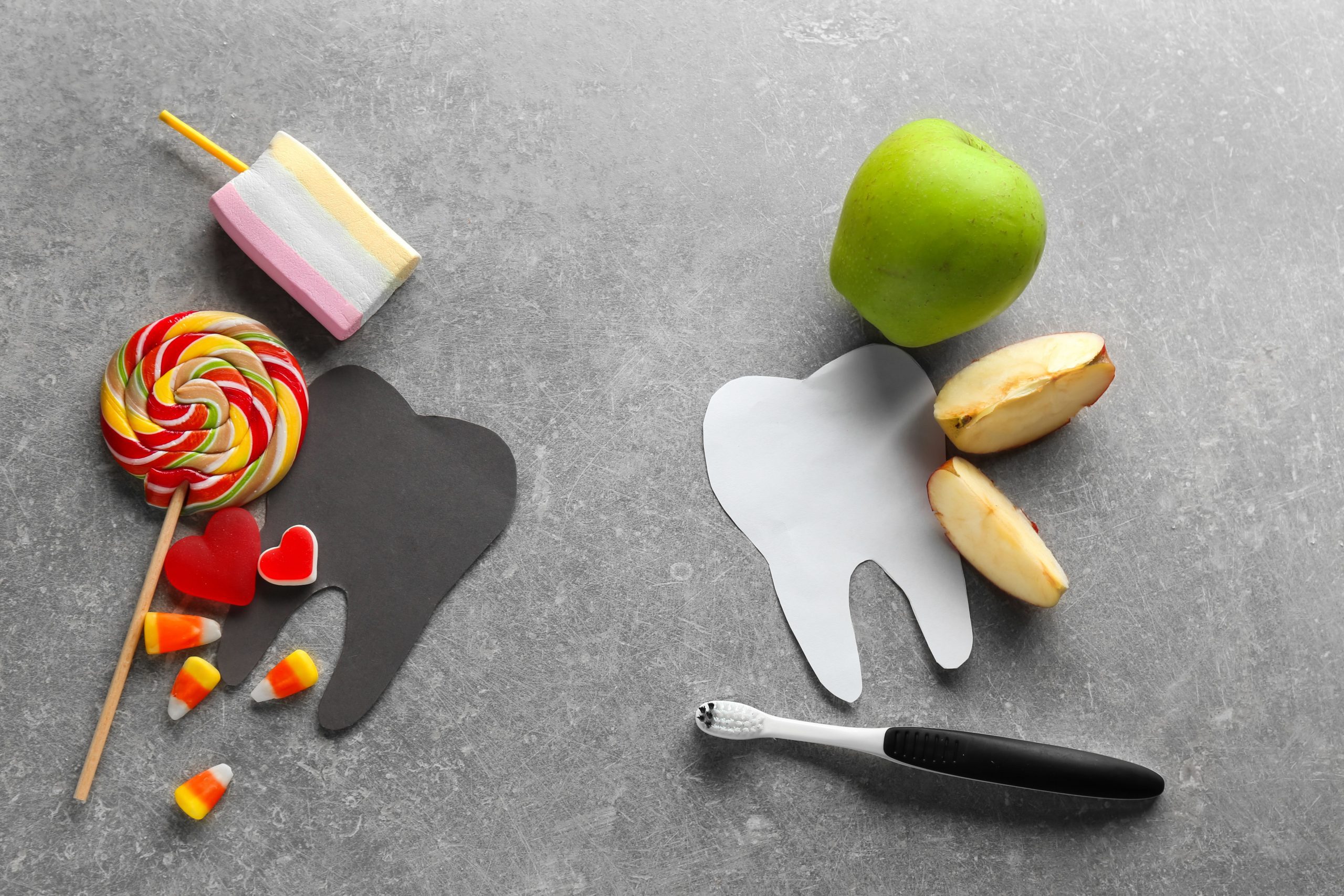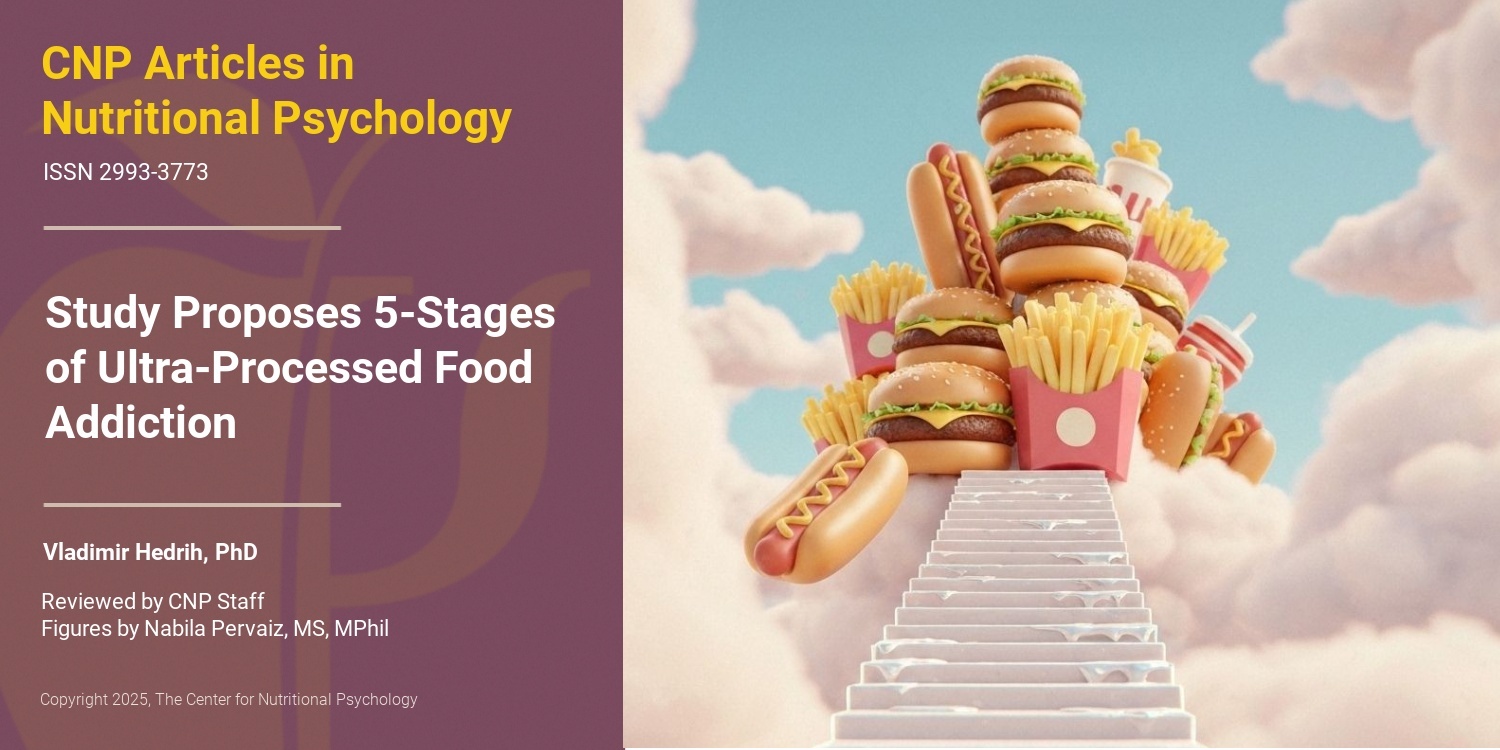Sugars and dental caries: evidence for setting a recommended threshold for intake
Moynihan (2016) emphasizes the prevalence of dental caries in the world (affecting ≤80% of the world’s population) and highlights that almost a quarter of adults in the U.S. have untreated caries (tooth decay). It is important to note that dietary free sugars is the most prominent risk factor for dental caries, which is why the World Health Organization (WHO) has issued guidelines on the recommended intake of free sugars. As per their recommendations, people are advised to at least consume ≤10% of total energy intake as free sugars, and to reduce this percentage to <5% to protect dental health throughout life. These recommendations are based on a systematic review of the literature on sugar intake and dental caries risk, that initially found that limiting free sugars to ≤10% of energy reduced dental caries but did not eliminate them. Since caries are a lifelong, progressive disease, even low levels in children are of concern. Therefore, the systematic review then explored more studies that indicated lower incidences of dental caries in subjects consuming less than 5% of their energy intake as free sugars. Recommendations published by the WHO are generally used by policy makers as a benchmark and as a driving force for policy change. [NPID: sugar, oral health, tooth decay, WHO, free sugars, dental caries, policy change]
Year: 2016
 Navigation
Navigation






